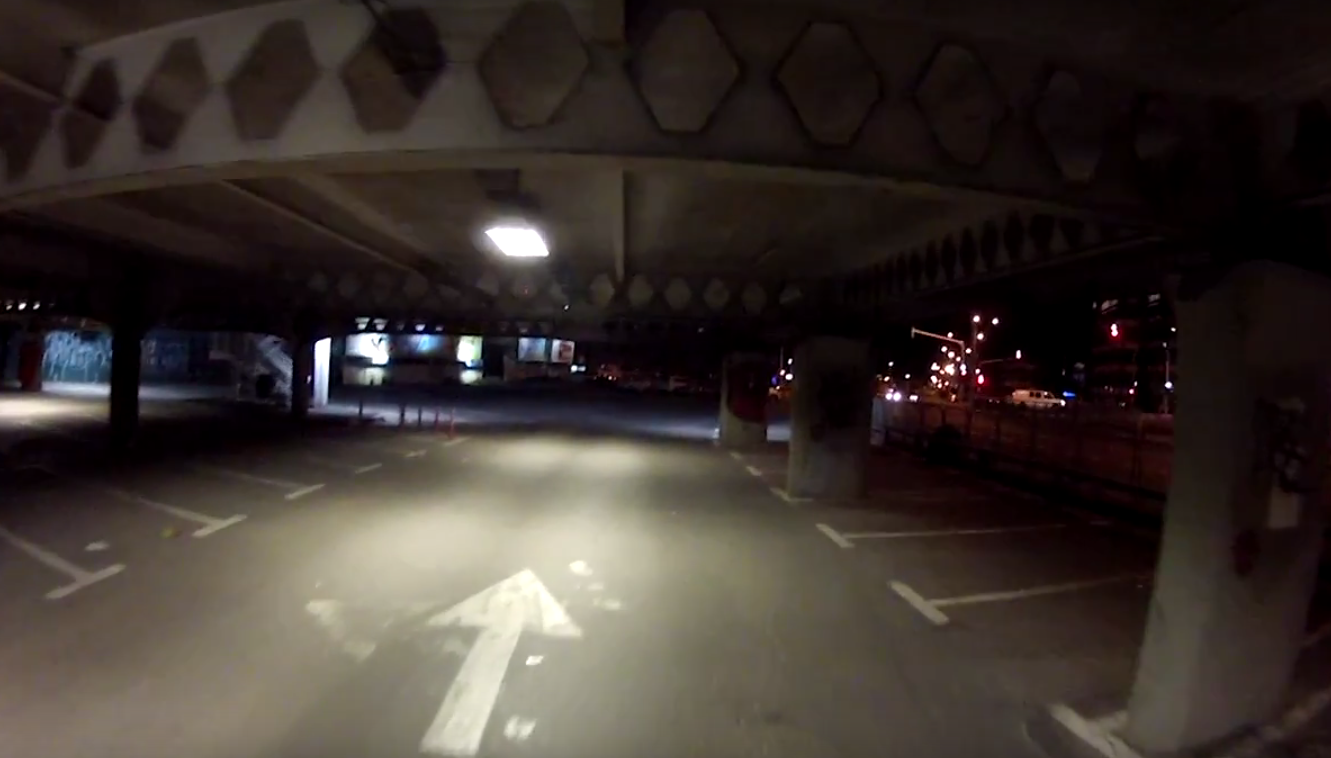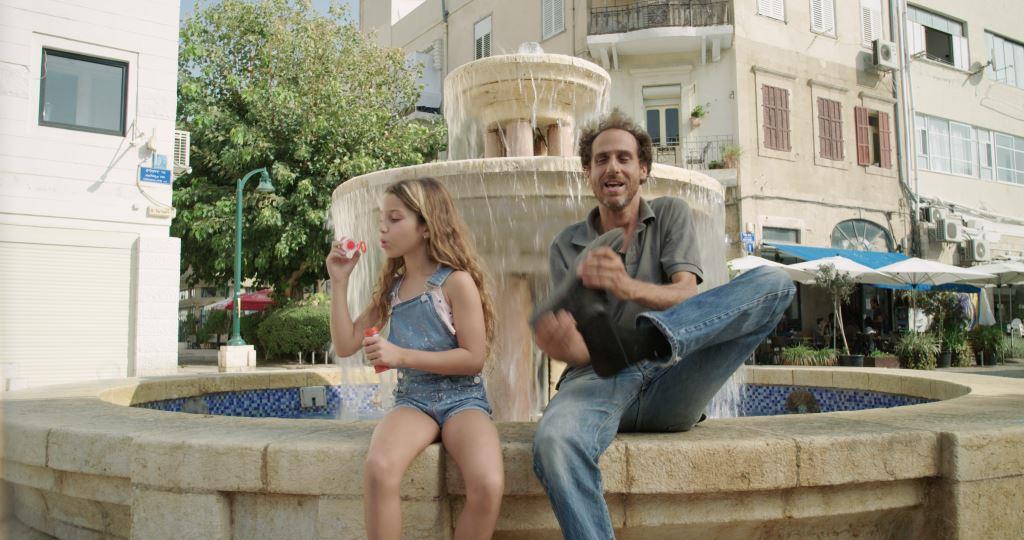During the 2013 and 2014 TAU International Student Film Festivals in Tel-Aviv I participated in and helped coordinate Eran Kolirin’s Composers-Directors Workshop, where composers and film directors created films and sound tracks in a unique workflow that subverted common industry practice.
The unconventional creation process involved several steps. First, rather than having the music composed as an after thought of the film, this workshop began with the composers creating 3 minutes of music. The directors received the sound files and were asked to create short films inspired by them. These films were then stripped of music and sent back to the composers for them to write new music for the films. The music and films were exchanged between the groups anonymously, with no communication allowed between the randomly paired co-creators. The results were pairs of films with the same imagery, but one inspired by existing music, and one having music added to it later.
To illustrate the process with an example I will begin with my submission of music sent to the directors, and follow the works created from it through the process. All music I created for this project was done in close collaboration with producer Nitzan Zifroni.
In my composition I tried to suggest a story of transformation – the trumpet that begins the piece has distortion gradually added to it, and when the distortion is removed the sound underneath is now revealed to be a guitar; to end, the guitar and trumpet play together (old and new self in parallel).
The film created by the director for the music came next. In what seemed consistent in most directors’ creative responses, this film reacts to the affect and emotional arc identified by the director in the music. The abstract narrative form I attempted to communicate was completely overlooked. But this is also quite probably due to a weakness in the composition, which does not effectively communicate its own ideas well enough.
Regardless of the initial musical composition’s possible readings, notice how the music unifies the constant scene changes into a perceived continuity. This can be contrasted with the next version of the film’s music.
Through chance I received (unknown to me) this same film back (stripped of music) and tasked with writing new music for it. Having just written the music that began this process, I decidedly wanted to explore a different affective space with this soundtrack (I suspected that something similar to my initial submission could work here, and did not want to repeat myself too much). An interesting result of this forced search for something else is a much more responsive soundscape that, in contrast to the previous version, splits the scenes apart, putting focus on the changes and individual moments and characters rather than reinforcing a continuous arc. It is difficult for me to say which version I prefer. I am not sure a definitive answer exists.
Later in the workshop, some of the other composers were unable to participate in the project’s final stage. As coordinator I wanted all of the directors to get a second version of their films’ scores, and after some reassignments of the films that still needed music to the remaining composers I had the task and opportunity to create music for two more films. Perhaps due to my growing comfort with the format, the resulting films made more adventurous use of the artistic freedom available to the composers in this workshop’s experimental workflow. The decisions made proved provocative for the directors, and started a very interesting discussion within the group when we finally met to watch the results.
In this film I decided to use sounds from the film’s dialogue track to create the music. The initial use of the voice samples seems to suggest a voice over of the character’s thoughts, but then transforms into a musical element of its own. Some directors protested that this transgresses into their domain, completely reinterpreting the work, other directors saw the unique value in this approach, and several changed positions as they became familiar with the outcome. As a composer familiar with contemporary musical practices I didn’t think there was anything out of the ordinary in using found text as musical material, and I was happy that at least some of the directors were receptive to expanding their definition of music and its borders within the world of sound in film. While the next film did something similar, it was better received as proper music by the directors.
In this film I used a similar approach with regards to using found sound material from within the film, but here from the SFX track, to generate the music. To add tension to an otherwise minimal narrative in the beginning of the film, I added electronic sounds (the gliding sine tones) that suggest an expected point of convergence. This sets up the fantastical conclusion of the film potentially better than the visuals on their own. The use of the film’s own non-dialogue sounds as material was much easier for the directors to accept.
From all of the works created in the workshop, I saw that both composers and directors had much to learn of the other group’s language and discourse. In allowing each side to make their version with total artistic control, the other co-creator was forced to see a vision for the work realized to conclusion without their input, confronting them with possibilities they might not have considered or were able to imagine. The discussions this created between the sides were very interesting, and I feel all those who participated learned a lot from the experience.



